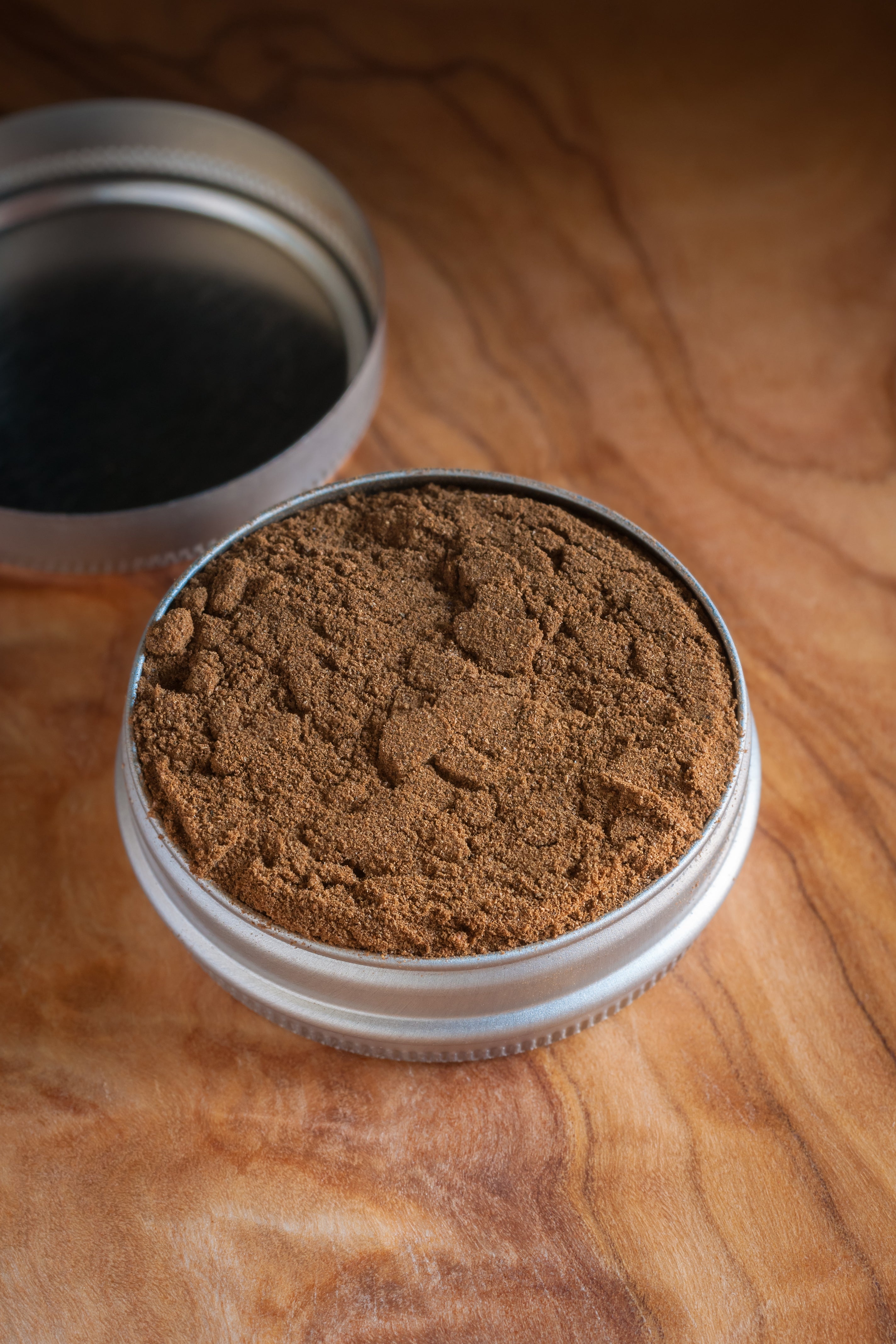Snuff has a long tradition and has been used since the 17th century. The flavour and strong effect are still very popular among experienced consumers and newcomers today.
We want to introduce you to the benefits of this form of tobacco and explain what effects snuff has on your nose.
What is snuff?
Snuff is a smokeless alternative to cigarettes and is ingested through the nose. The mixture consists of several types of tobacco that are finely ground and fermented.
The types of tobacco used vary from manufacturer to manufacturer. One of the most important steps in the production of snuff is the soaping, in which the tobacco is mixed with flavourings and other liquids. This step gives the product its characteristic flavour. Snuff is usually divided into two categories, namely Schmalzer and Snuff.
Traditionally, Schmalzer was made with clarified butter and has a very spicy flavour. Snuff has a less intense tobacco flavour and tastes of the flavourings used. Well-known manufacturers include Wilsons of Sharrow, Gebrüder Bernard and Fribourg & Treyer.
How is it used correctly?
When using snuff for the first time, it is important to start with a small pinch. You can either place the pinch on the back of your hand or hold it between your thumb and forefinger. Bring it up to your nose and start sniffing.
Be careful not to inhale the snuff through your nose too quickly, as it can trigger a violent sneeze. By the way, sneezing is completely normal the first time you use it, as your nose first has to get used to the effects of the tobacco. Make sure that your pinch does not stick together, but is slightly loosened up. You can do this by briefly tapping the tin to change the consistency.
The effect of the snuff is triggered by the nicotine it contains. Nicotine has a relaxing effect on the body and at the same time increases alertness.
What are the advantages of snuff?
In contrast to pipes or conventional cigarettes, snuff has the advantage that it is not burnt during consumption. This means that no toxins such as carbon monoxide and tar are produced, which pollute your lungs or respiratory tract. In addition, there is no foul-smelling smoke to bother those around you. Snuff can also be used in situations where smoking is prohibited.
It is therefore a good substitute for cigarettes. However, it should be noted that the product contains nicotine and can be addictive. Another advantage is that snuff can be enjoyed in many different flavours and you will never get bored when using it. As already mentioned, each manufacturer has its own recipe and manufacturing process that you can try out.
All advantages at a glance:
● Does not burn
● Is less harmful to health
● Does not produce smoke
● Can be enjoyed in different flavours
Can snuff have negative effects on the nose?
Although snuff is less harmful to health than tobacco products that are burnt, its consumption is still not harmless. The nose is particularly affected by the effects as the product is snuffed.
A typical side effect of snuff is inflammation of the nasal mucous membranes. In addition, your nose may become blocked more frequently and you may have to sneeze more often. The nasal mucus can also turn brown over time, as tobacco stains easily. The question of whether snuff causes nasal cancer has not yet been clearly answered.
Snuff - an interesting alternative to cigarettes
Snuff has been on the market for decades and is used in various cultures. It is made from finely ground tobacco blends, which are then sifted.
You can choose between two different varieties, namely snuff or schmalzer. The effect of snuff is the same as that of other tobacco products, as it contains nicotine. As the product is not burnt when consumed, it is less harmful than normal cigarettes. However, snuff can have effects on the nose, such as inflammation of the nasal mucous membranes or discolouration of the nasal mucus.




 Dieses Produkt schädigt Ihre Gesundheit und macht stark abhängig.
Dieses Produkt schädigt Ihre Gesundheit und macht stark abhängig.